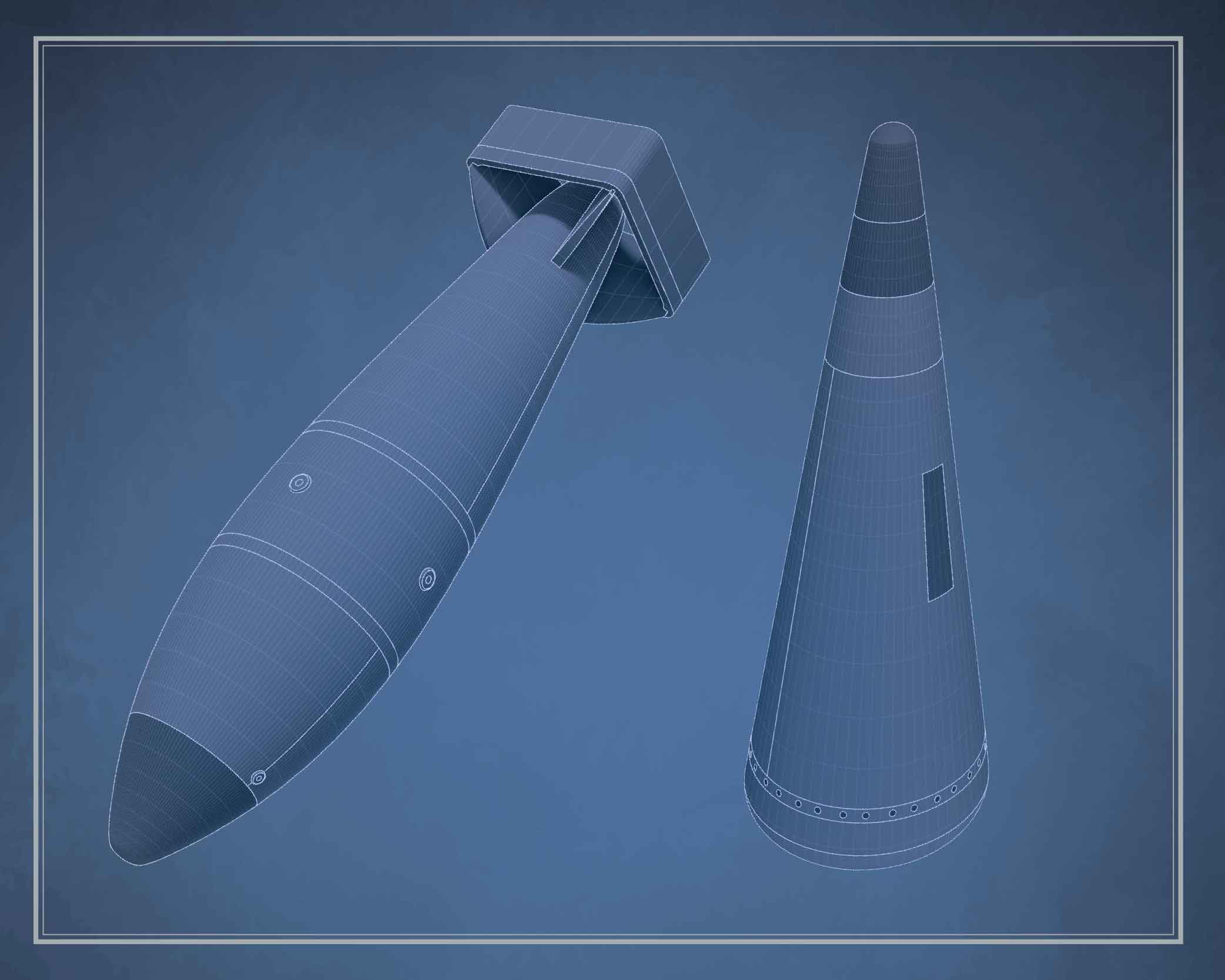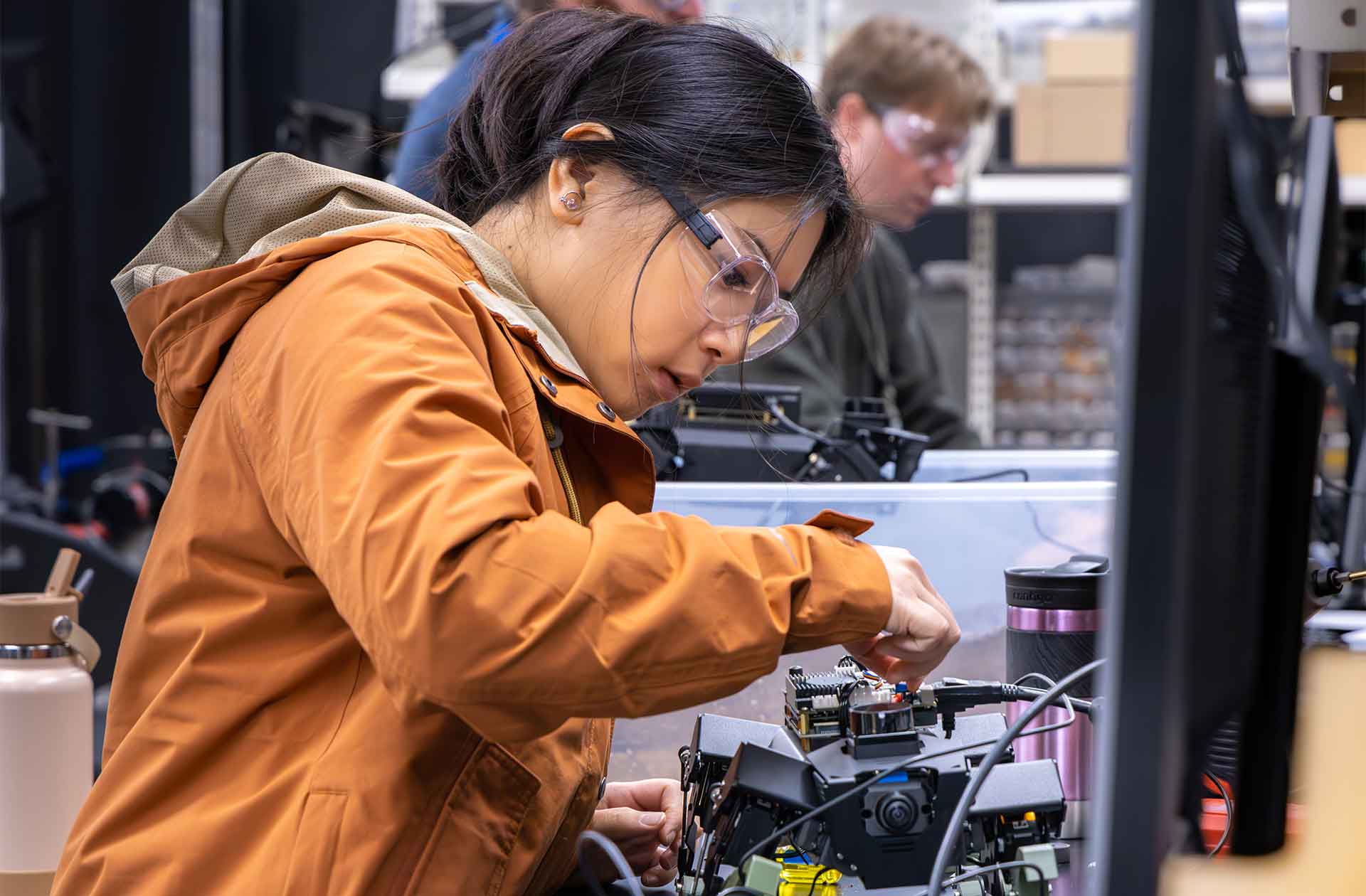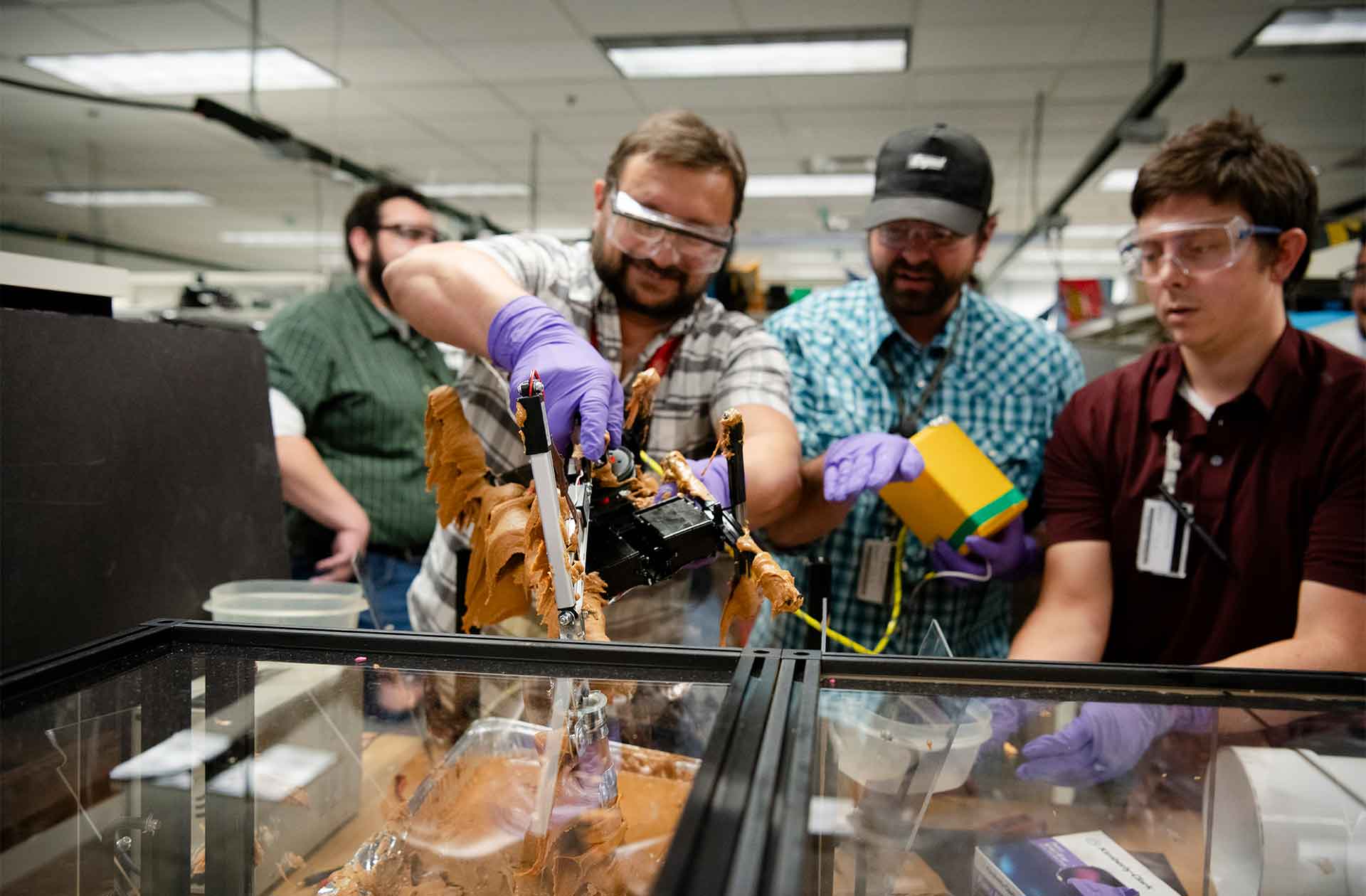Demonstrating Deimos
Los Alamos engineers advance next-generation reactor fuel.
- Lindsay Augustyn

Engineers at Los Alamos National Laboratory have taken a critical step toward developing the next generation of nuclear reactors by resurrecting nuclear fuel–testing capabilities that had not been used in 40 years. Reestablishing this long-dormant capability marks major progress in the pursuit of advanced nuclear reactor technologies.
Before these innovative reactors can be licensed or deployed, researchers must rigorously test the behavior of new fuels. One promising option is HALEU TRISO fuel, which combines high-assay low-enriched uranium (HALEU) with TRi-structural ISOtropic (TRISO) fuel particles, allowing for greater power output, smaller size, and enhanced safety.
“TRISO fuel is crucial for advanced reactor designs because it is safe, efficient, long-lasting, and contains fission products well,” says Holly Trellue, a nuclear engineer at Los Alamos. “Unlike conventional reactors, advanced reactors—such as microreactors—are portable and scalable. When TRISO fuel is used with HALEU, these small reactors can operate for years without refueling.”
Testing HALEU TRISO fuel posed significant engineering challenges. After three years of intensive design work, Los Alamos engineers carried out an experiment—called Deimos, after one of Mars’s moons—at the National Criticality Experiments Research Center (NCERC) operated by Los Alamos at the Nevada National Security Sites. The test, which began in September 2024, reused TRISO fuel and beryllium bricks from previous experiments.

“Fitting all the materials within the existing machine was incredibly challenging,” explains Trellue, noting that a complete rebuild of the experimental infrastructure was required to accommodate the HALEU TRISO configuration. “We had to rely on available components while incorporating new design strategies to meet the tight three-year timeline.”
Despite spatial constraints and other limitations, the team succeeded in building a compact yet effective test platform. The Deimos experiment generated crucial data to validate system behavior for broader applications, and several related tests are planned for the future. These experiments’ potential goes beyond the Lab: microreactors using this fuel could power remote villages, support disaster relief efforts, or serve as decentralized energy sources for data centers and military bases.
By reviving long-unused testing capabilities and pushing the boundaries of nuclear engineering, Los Alamos engineers are helping shape the future of safe, reliable, and scalable power solutions. ★








